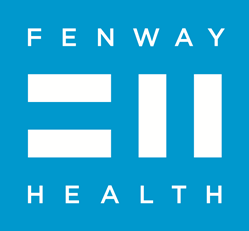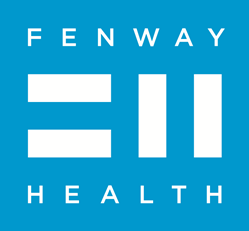
A key factor for improving and expanding the field of transgender health is the presence of transgender and gender diverse physicians in the medical workforce.
BOSTON (PRWEB)
September 20, 2022
An “Art of Medicine” perspective published in The Lancet outlines the need for physician-educators, faculty, and medical education systems to support transgender and gender diverse (TGD) medical students and offers actionable and meaningful ways to do so. The essay adds to the growing body of literature on how to improve the quality of care for TGD people and their families.
“There is great need among transgender and gender diverse children, adolescents and adults for high-quality care, and all clinicians should be trained in how to provide it,” said senior author Dr. Alex S. Keuroghlian, who directs the National LGBTQIA+ Health Education Center at The Fenway Institute and the Massachusetts General Hospital Psychiatry Gender Identity Program. “A key factor for improving and expanding the field of transgender health is the presence of transgender and gender diverse physicians in the medical workforce. Everyone who plays a role in medical education has a responsibility to support transgender and gender diverse medical students.”
The “Art of Medicine” perspective titled, “Supporting Transgender and Gender Diverse Medical Students,” suggests that cisgender physician-educators and teaching faculty can support TGD students by:
-
Learning the basics of gender identity and expression, which begins with understanding that the two are different. Gender identity refers to a person’s inner experience of gender. Gender expression refers to the ways in which a person expresses their gender with their name, pronouns, clothing, voice, and hairstyle. - Understanding that implicit and explicit bias against TGD people adversely impacts communication, rapport, and decision-making in clinical and education settings.
- Introducing themselves with their name and pronouns and using students’ stated names and pronouns, thus modelling the practice for everyone, including cisgender patients.
- Rehearsing how they will respond if they misgender a student.
- Managing their own anti-TGD implicit bias by proactively dealing with it through anti-bias training and self-reflection.
The essay also suggests that medical education systems can support TGD students by:
- Creating and implementing non-discrimination policies that specifically protect TGD students.
- Implementing organizational systems, processes, and protocols to officially share all students’ correct names and pronouns with course teaching, clinical clerkship, school administration, and hospital systems staff.
- Ensuring the availability of gender-inclusive restrooms and scrub changing areas.
“Although medical education systems were not designed with transgender and gender diverse medical students in mind, these students have shown great resilience,” said lead author Nicolas Freeman (they/them), a fourth-year medical student at Harvard Medical School. “All stakeholders in medical education have an obligation to think critically and implement strategies that will foster inclusive learning environments that will support transgender and gender diverse students in the classroom and on the wards. In this way, we can move towards a future where high-quality transgender health is more readily accessible, and transgender and gender diverse patients will see themselves reflected in the medical workforce.”
“Supporting Transgender and Gender Diverse Medical Students,” was published online by The Lancet on September 10, 2022. It is available here.
Share article on social media or email:

